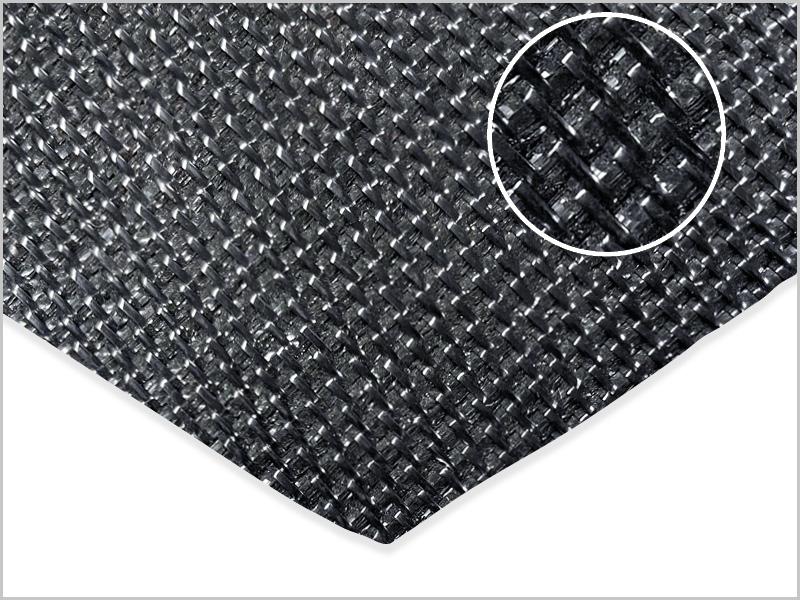
Biosolids Dewatering, NSW
This suburban NSW Wastewater Treatment Plant has a capacity of up to 18 mega Litres per day servicing up to approximately 75,000 people. For normal operations, the plant makes use of 2 belt filter presses to dewater biosolids to 14-17 percent solids. The biosolids are removed by truck daily to be sent to land crops and sugar cane farms.
Occasionally one of the belt filter presses needs to be shut down for maintenance purposes. This is a common issue for mechanical dewatering systems and it is often used to justify the need for duplicate or even triplicate mechanical units. This particular plant makes use of an alternative backup dewatering solution, Geotube dewatering units.
When the belt filter press is turned off, the sludge is easily diverted to multiple Geotube units. The same polymer flocculant dose used for the belt filter press can be used for efficient dewatering in the Geotube units. This site has a large asphalt pad which drains back into the headworks of the plant. In the winter of 2017 the plant made use of 2 Geotube® units with a footprint of 18.3 m x 17.4 m and a dry cake volume capacity of over 550 m3 each.
The biosolids are pumped into the Geotube units, filling them to a max fill height of 2.7 m. The flow is diverted into each unit intermittently to allow the continuous flow of sludge. Once the maintenance operation is complete, pumping into the Geotube units will cease and they will continue to dewater through seepage and evaporation. When the solids have reached a target concentration the Geotube will be cut open and the solids will be dug out with a long reach excavator. Solids concentrations between 15 and 25% can be achieved in this manner depending on conditions and seepage time.
Should circumstances demand it, more Geotube units could be used on the pad. This allows for many weeks of biosolid storage and lowers the risk profile of the flood prone region.


